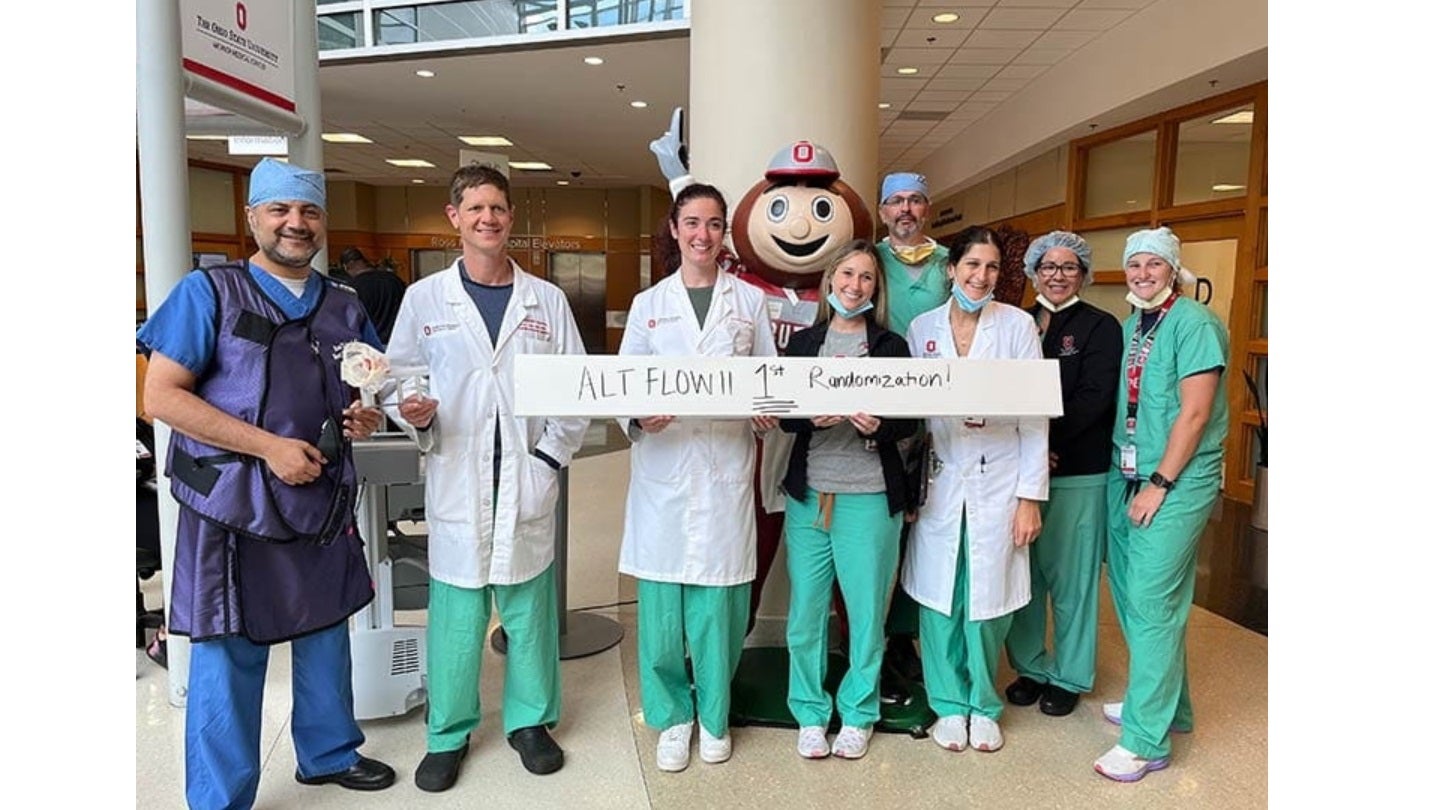
The Ohio State University Wexner Medical Center in the US has randomised the world’s first patient in a clinical trial to assess the effectiveness of a device manufactured by Edwards Lifesciences aimed at relieving symptoms of heart failure.
The first patient is a 54-year-old male from Bellefontaine, Ohio, who experienced significant shortness of breath due to heart failure.

Discover B2B Marketing That Performs
Combine business intelligence and editorial excellence to reach engaged professionals across 36 leading media platforms.
Ohio State’s Heart and Vascular Research Organization director Rami Kahwash, and interventional cardiologist and director of the structural heart disease programme Scott Lilly are the study’s principal investigators at Ohio State.
Kahwash said: “We’re excited to continue to be at the forefront of investigating new therapies to treat and better understand heart failure.
“In April 2022, we were the first in Ohio to implant this device in an early feasibility study and that patient is doing well. We are delighted to be the first in the world to investigate this device on a larger scale.”
The Richard M. Ross Heart Hospital at Ohio State will keep enrolling patients for the randomised and double-blinded ALT-FLOW II study.

US Tariffs are shifting - will you react or anticipate?
Don’t let policy changes catch you off guard. Stay proactive with real-time data and expert analysis.
By GlobalDataEdwards Lifesciences anticipates the participation of 100 patients across 30 investigational sites in the trial.
The investigational device aims to alleviate pressure on the left side of the heart, leading to a decrease in symptoms such as shortness of breath.
Doctors insert a catheter into a neck vein to access the heart during the procedure.
Lilly, who randomised the first patient, said: “The tiny shunt device is implanted in the heart between the coronary sinus vein and the left atrium.
“The device placement in this location preserves the interatrial septum, which is the wall separating the right and left sides of the heart’s upper chambers.”





